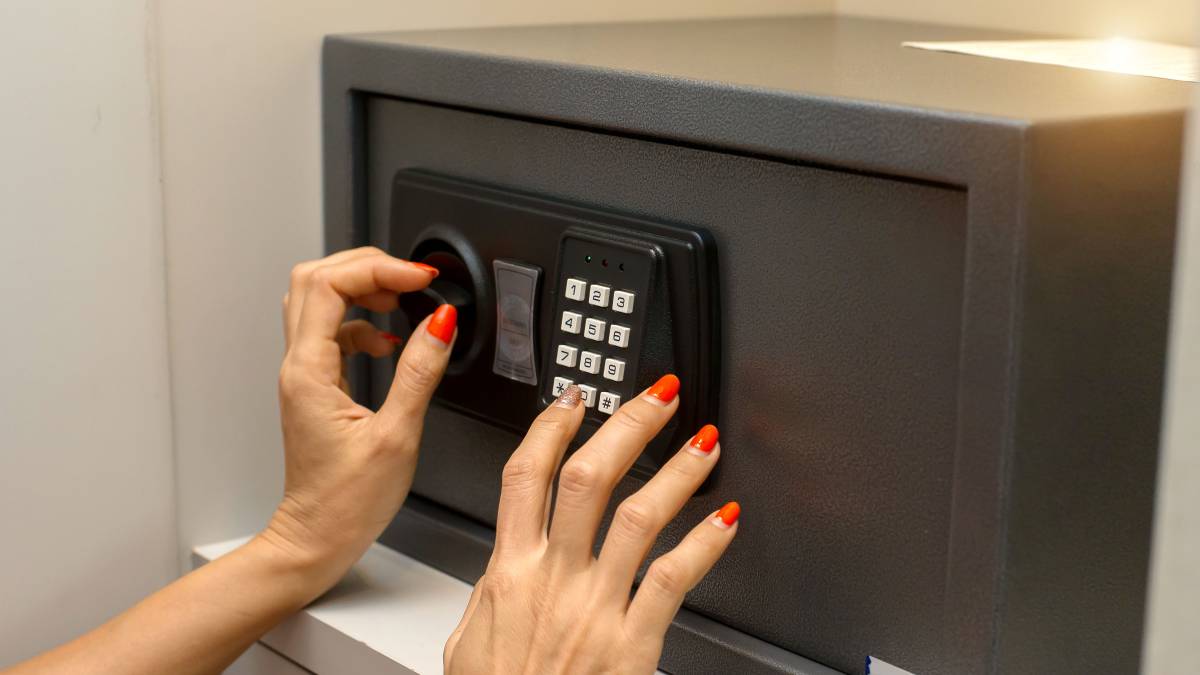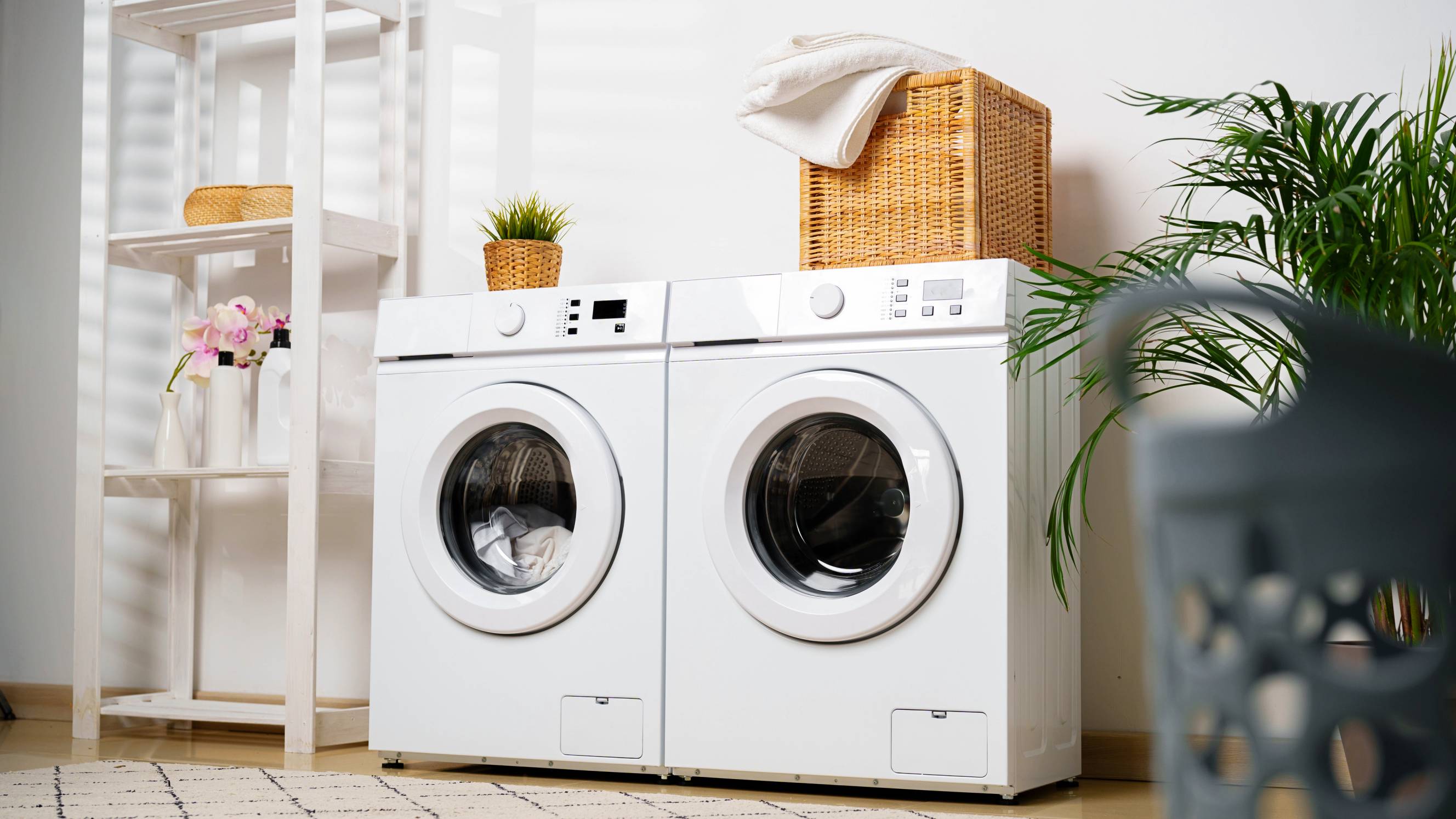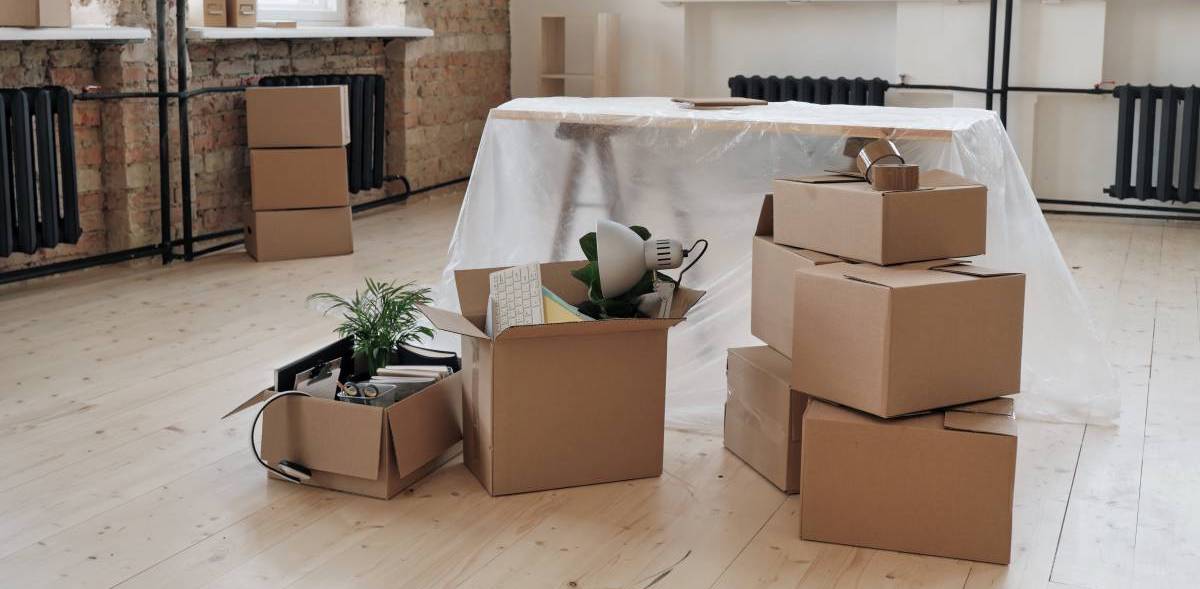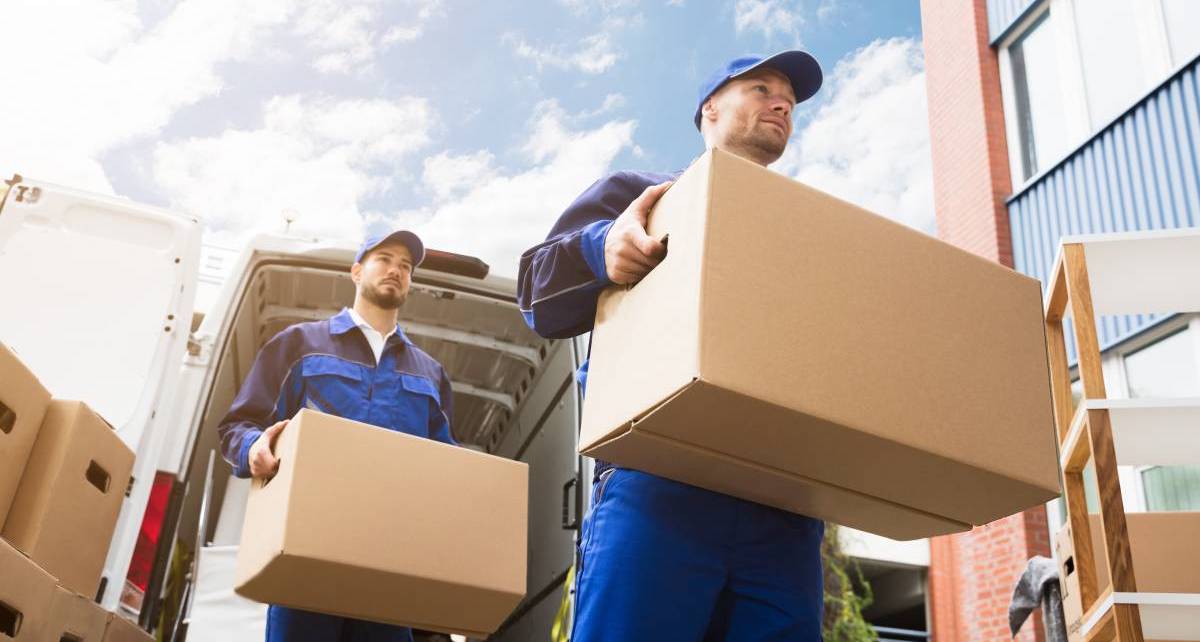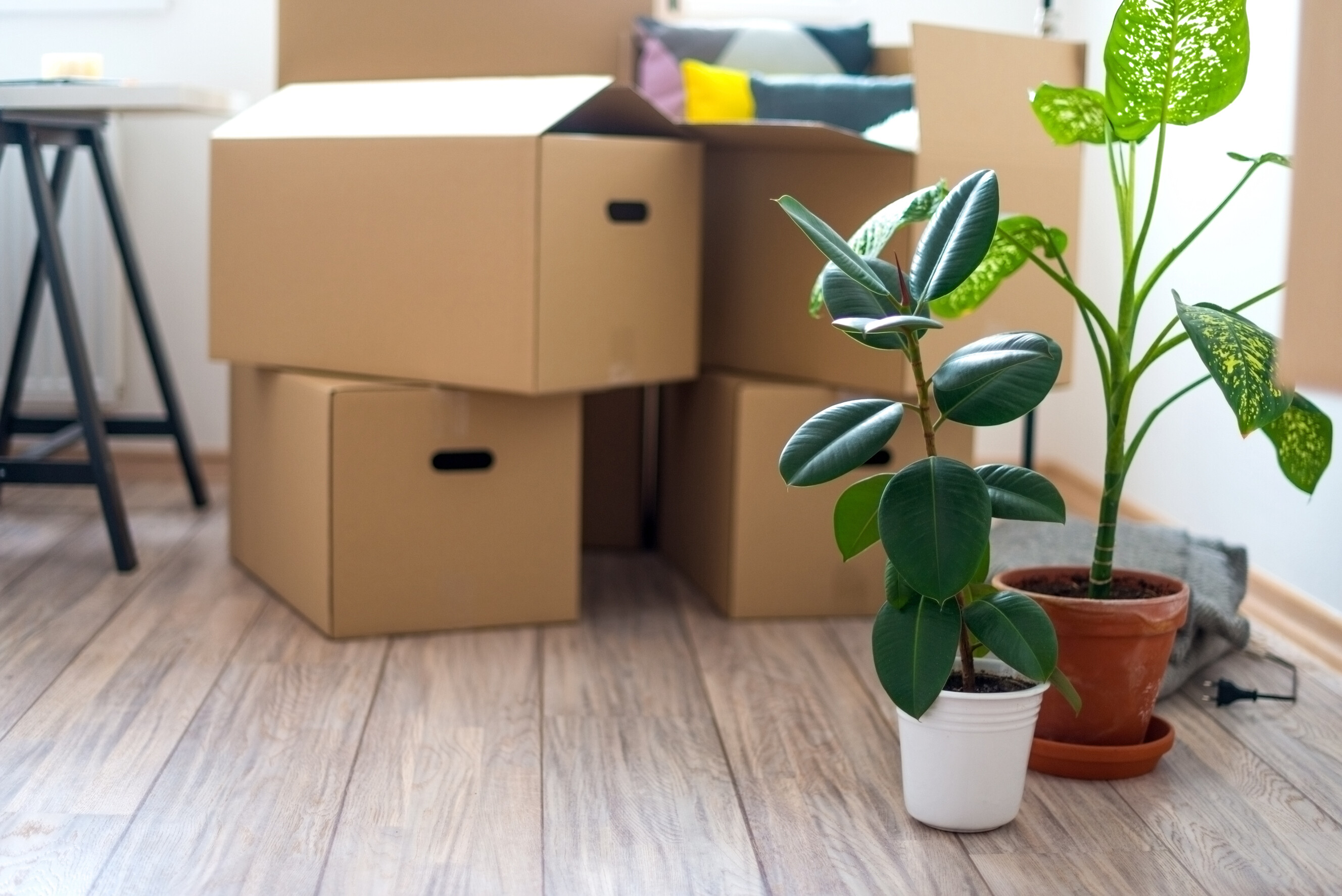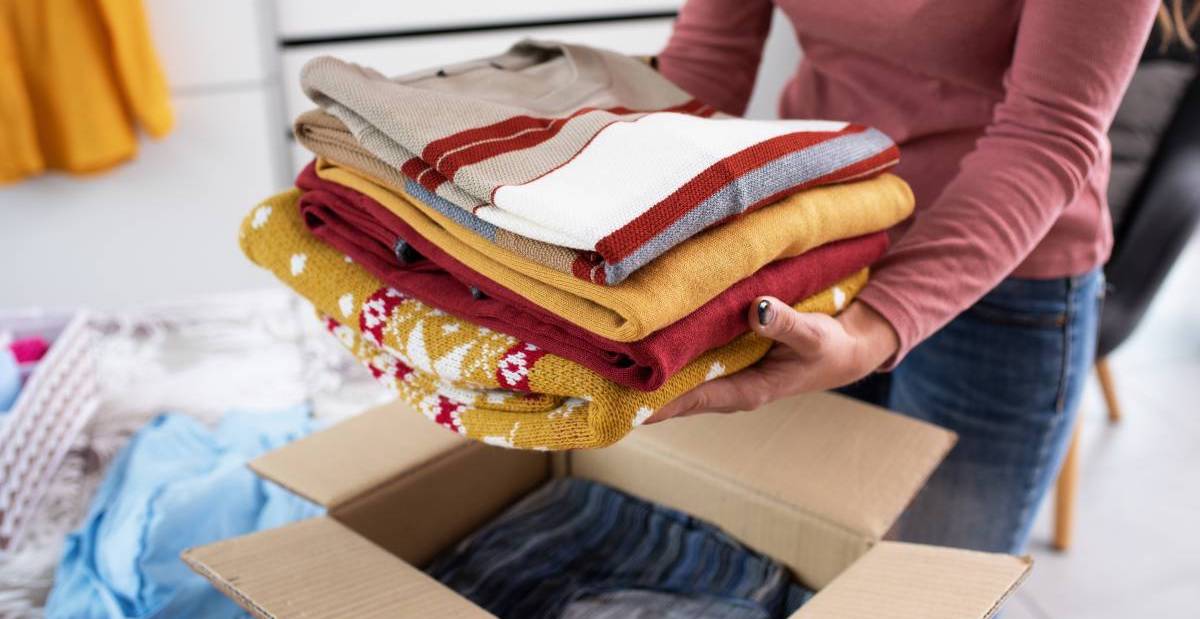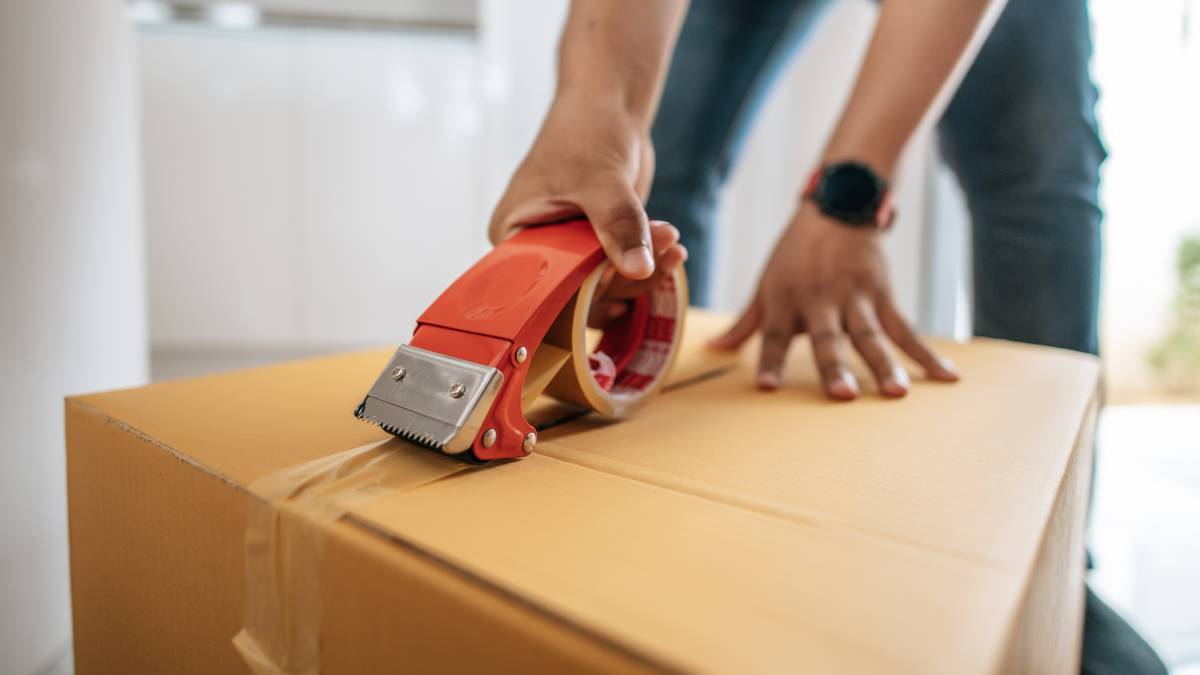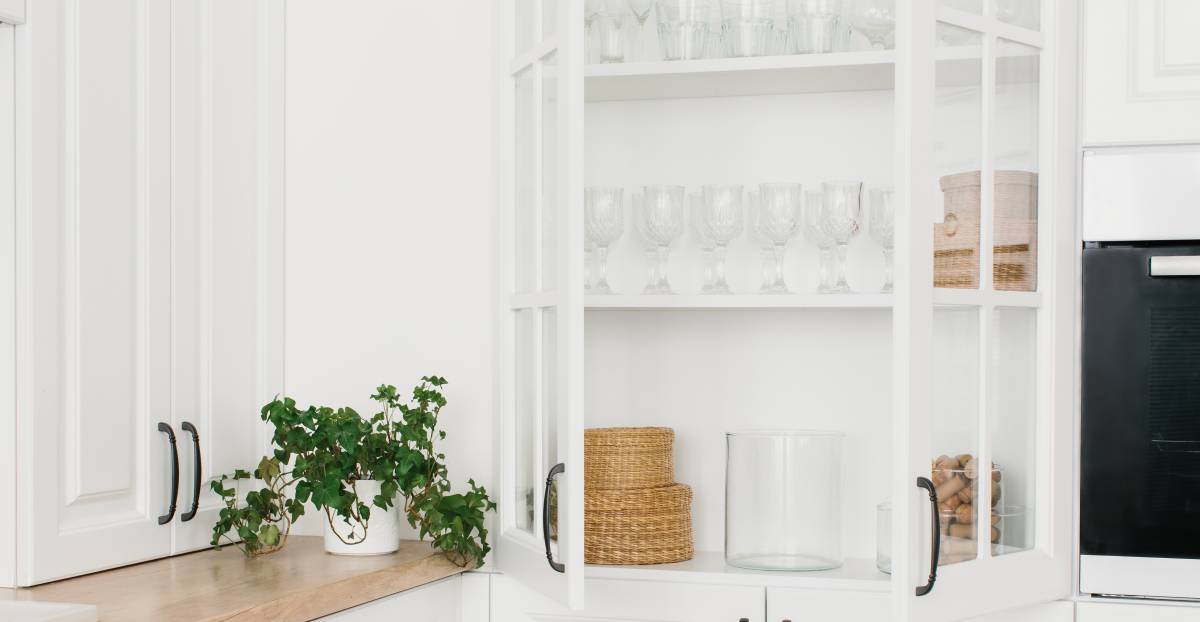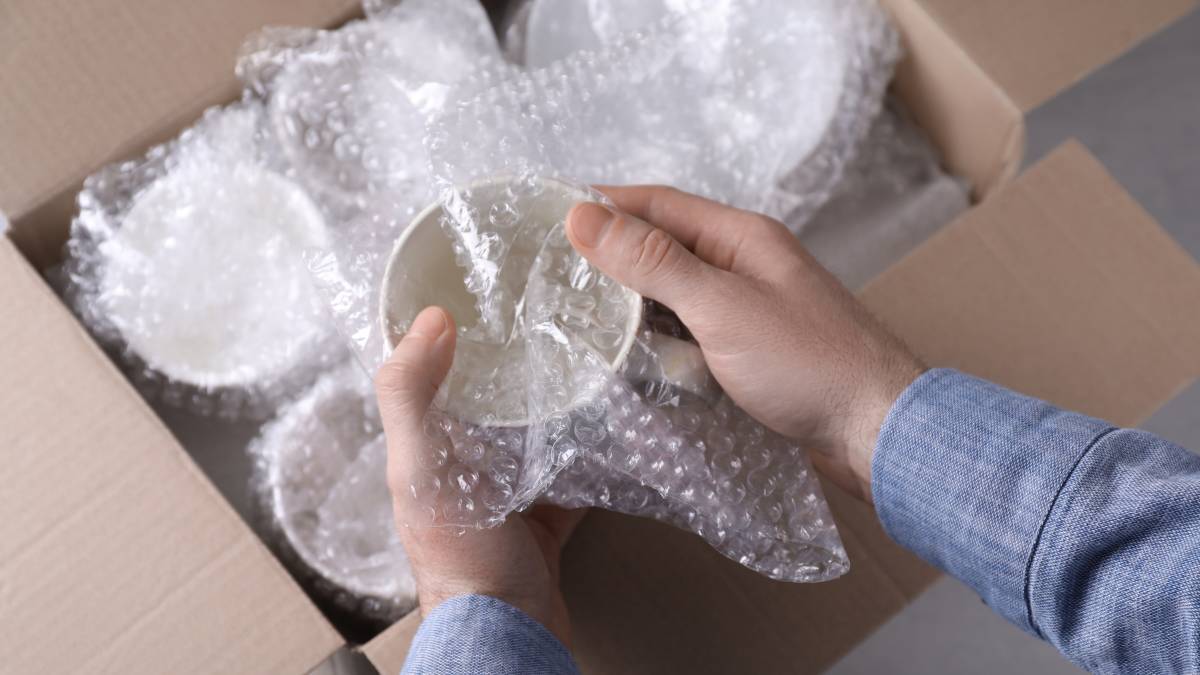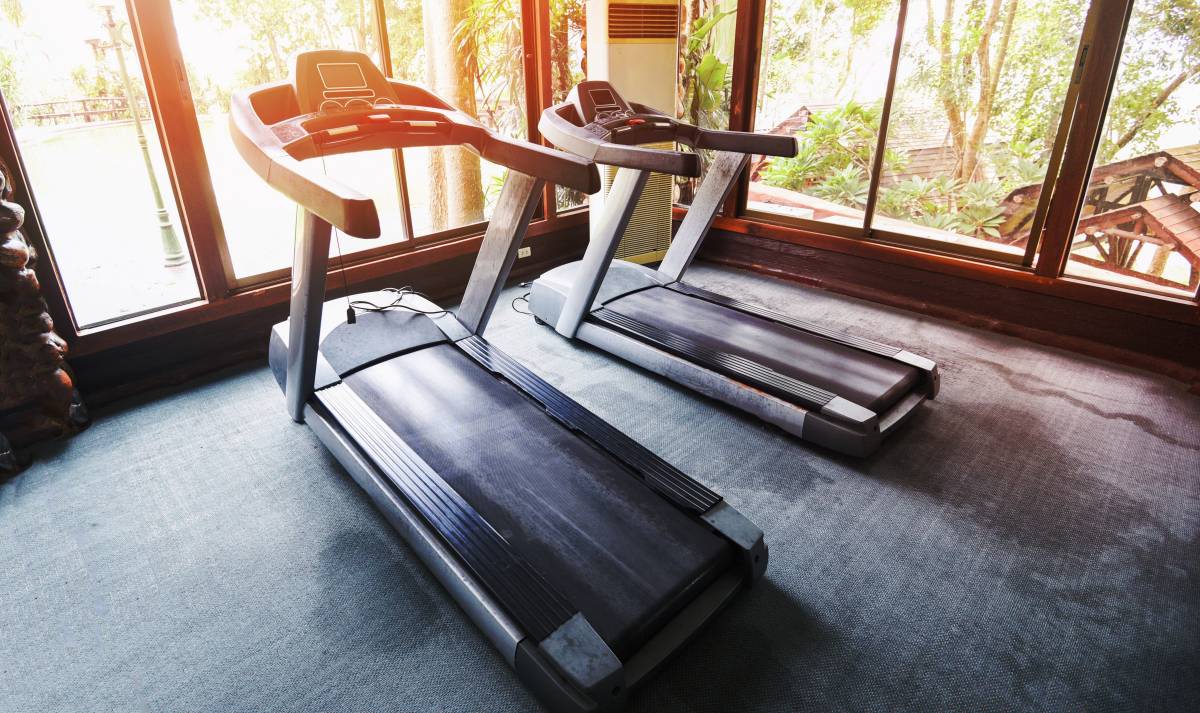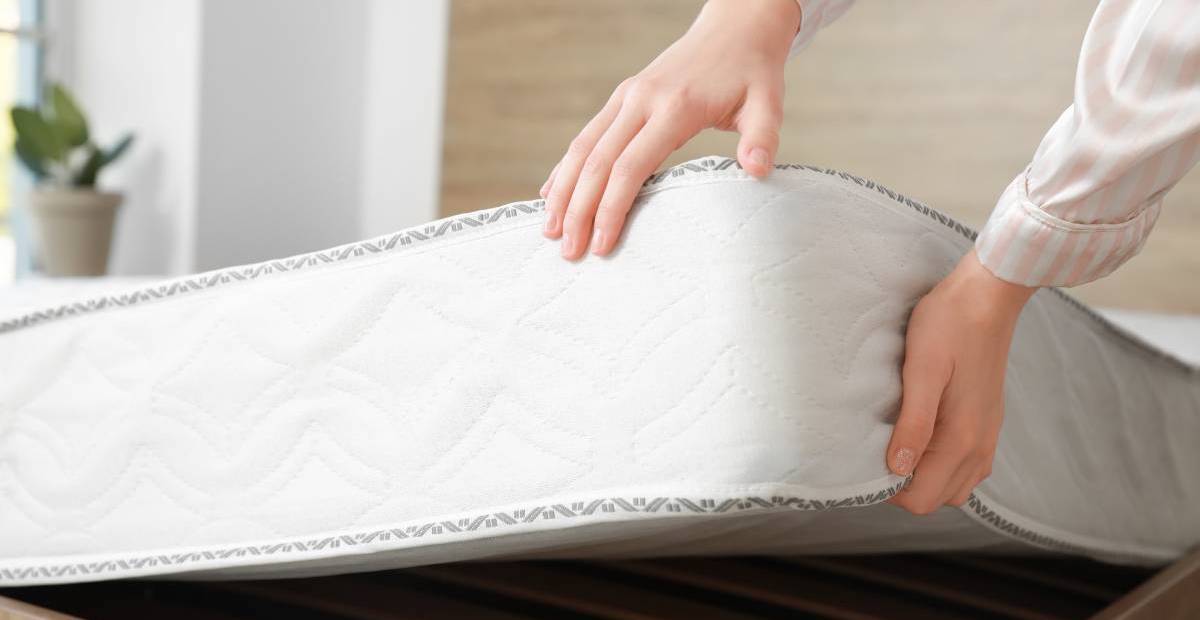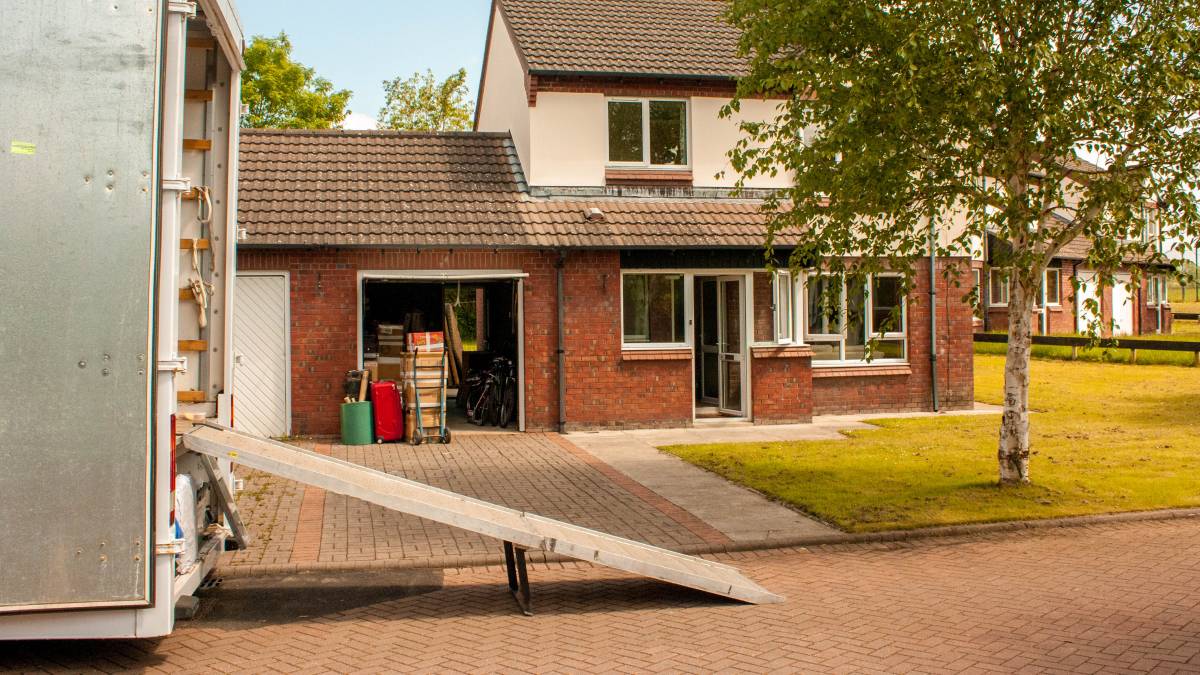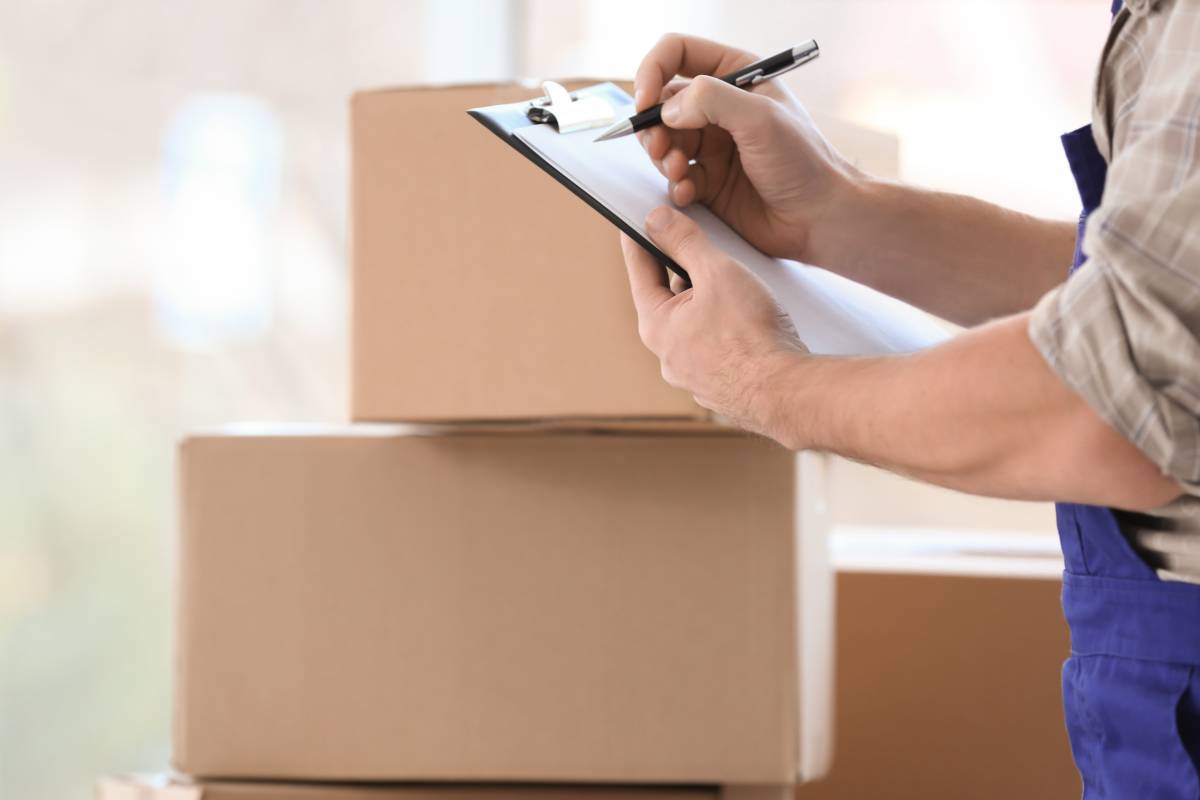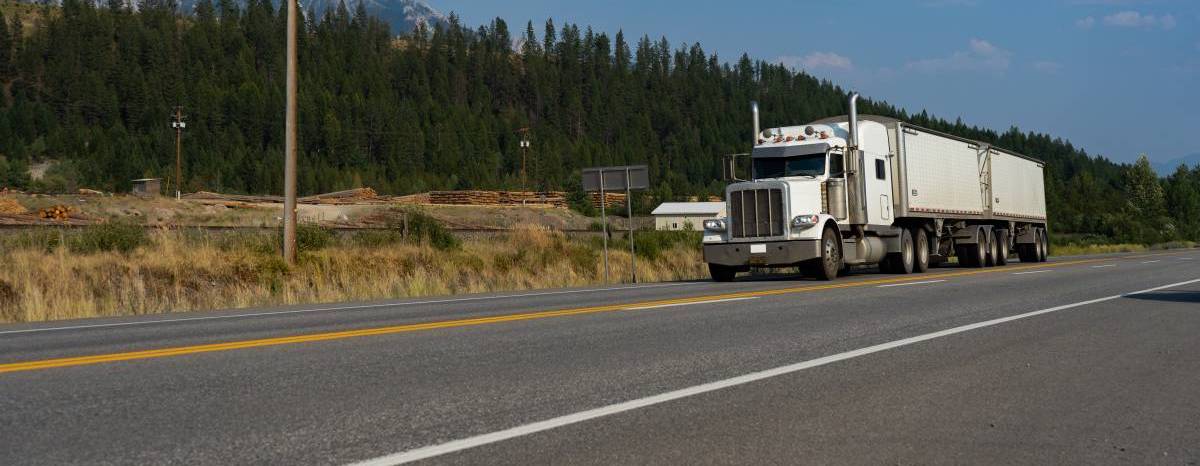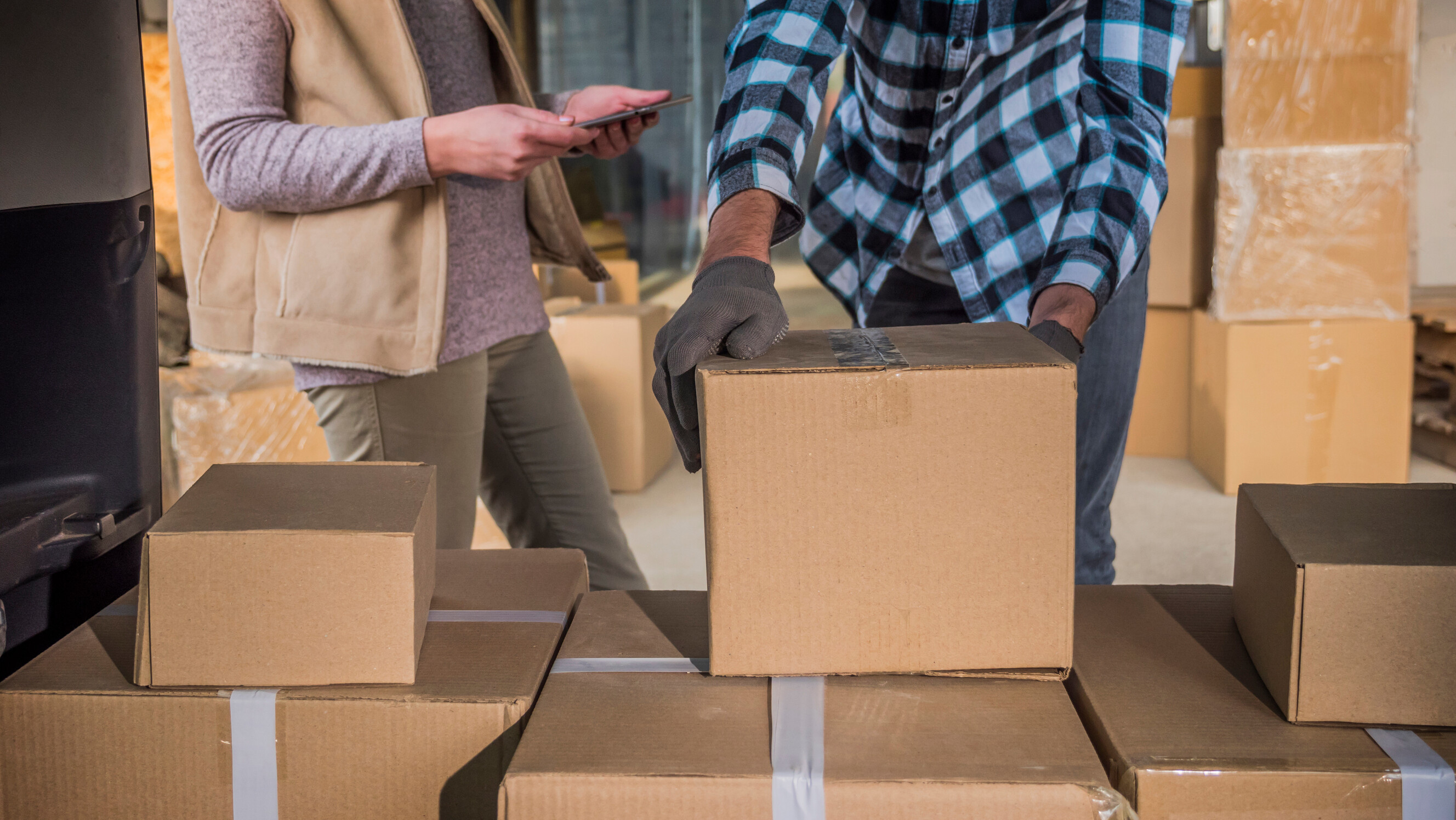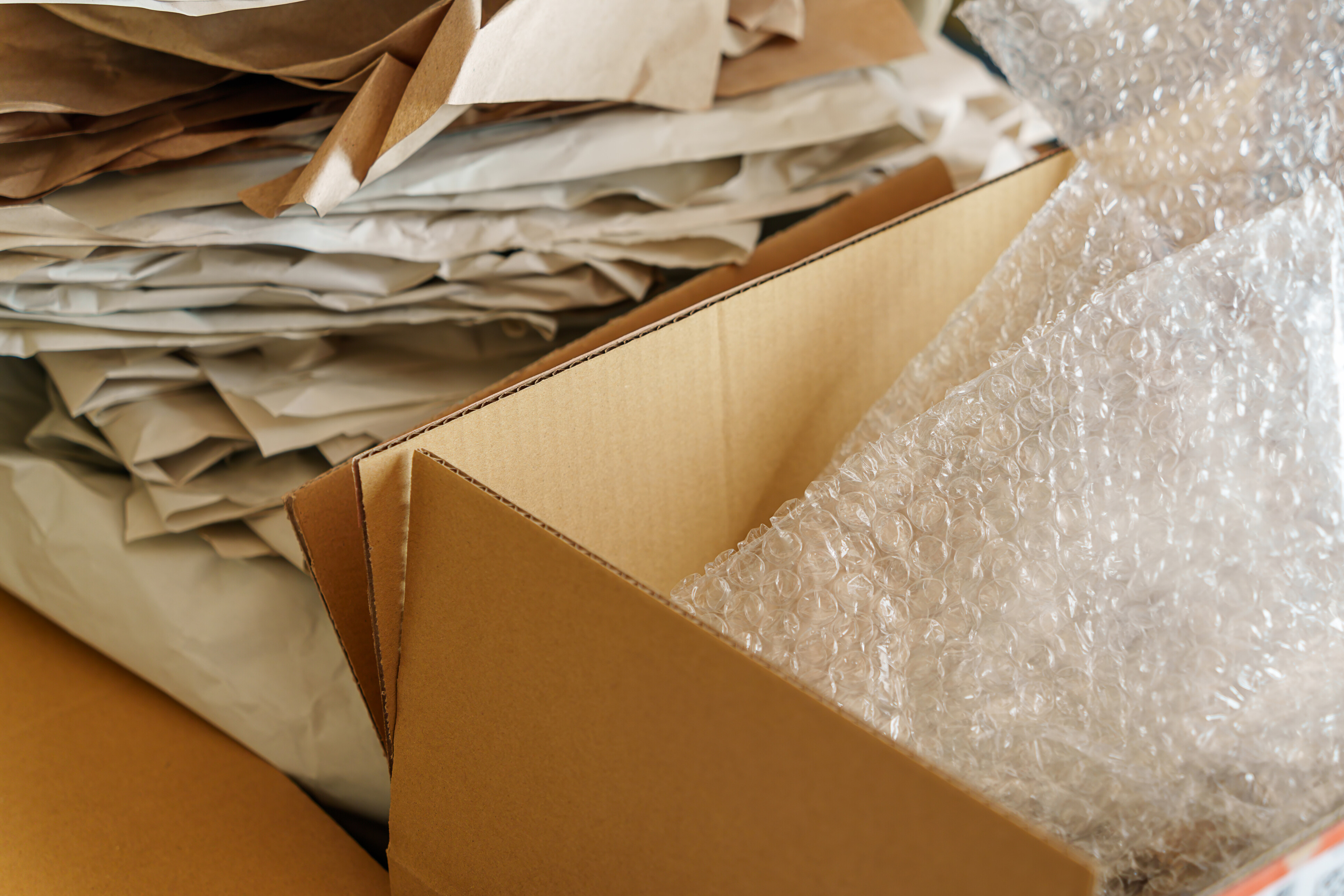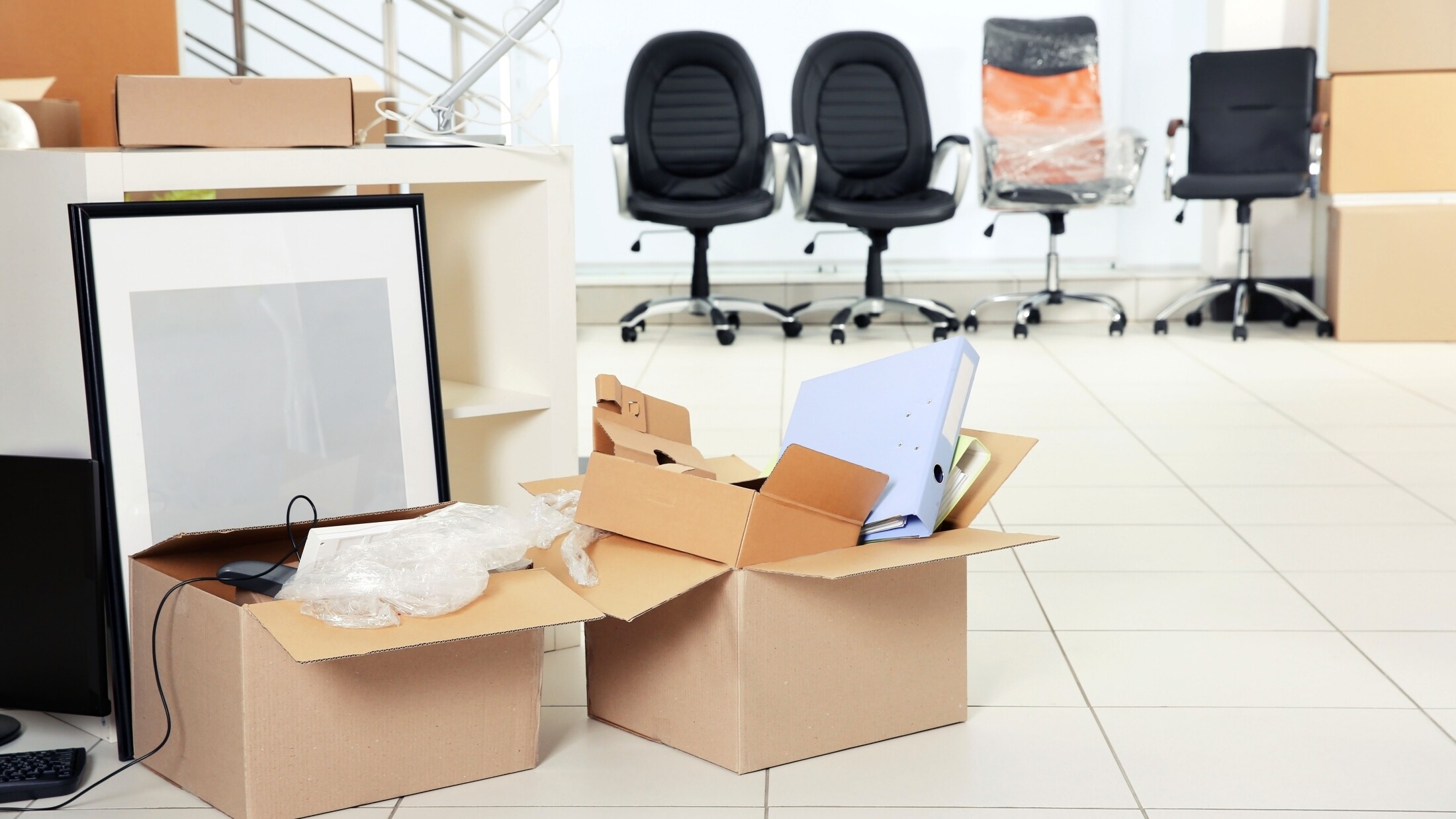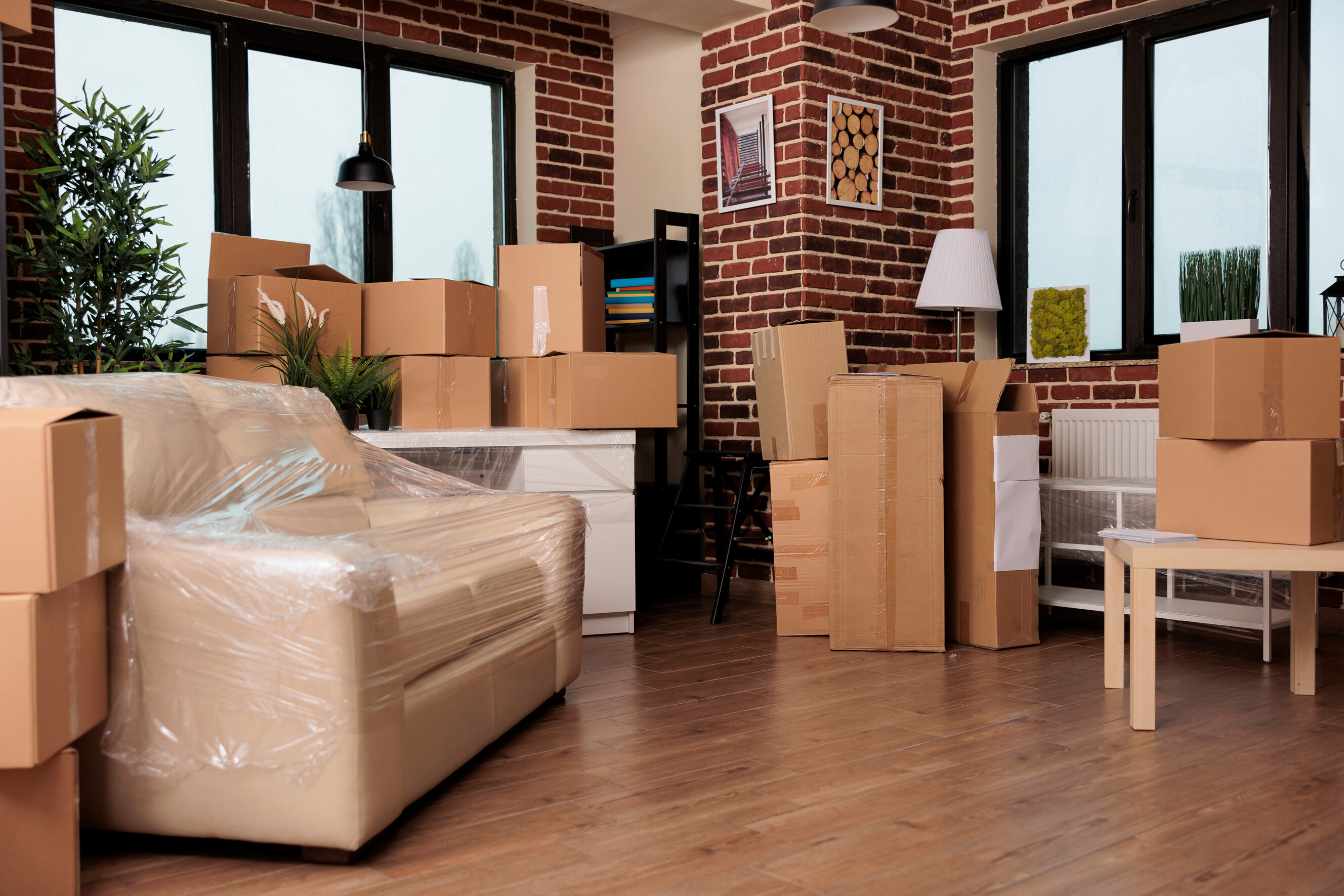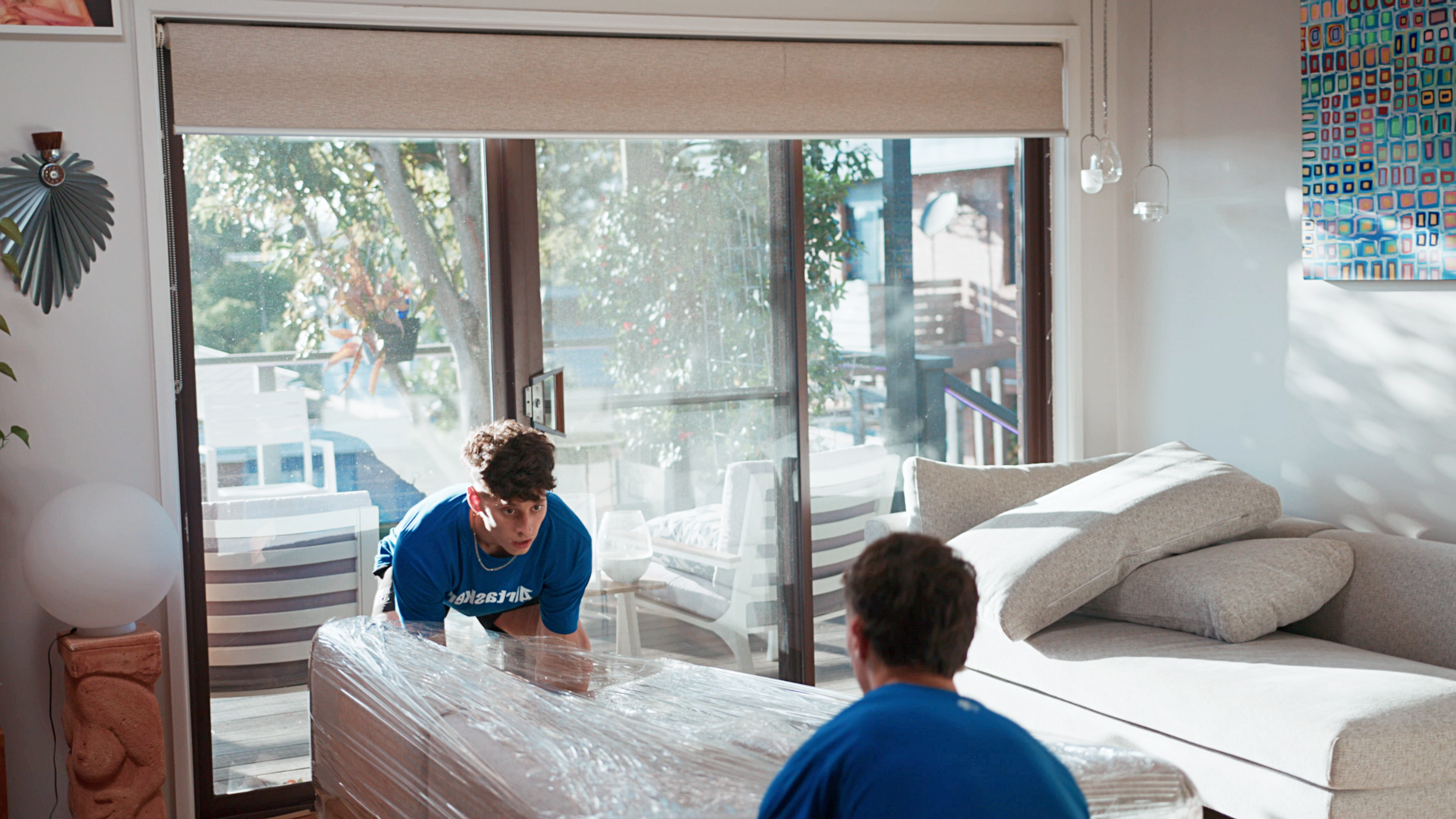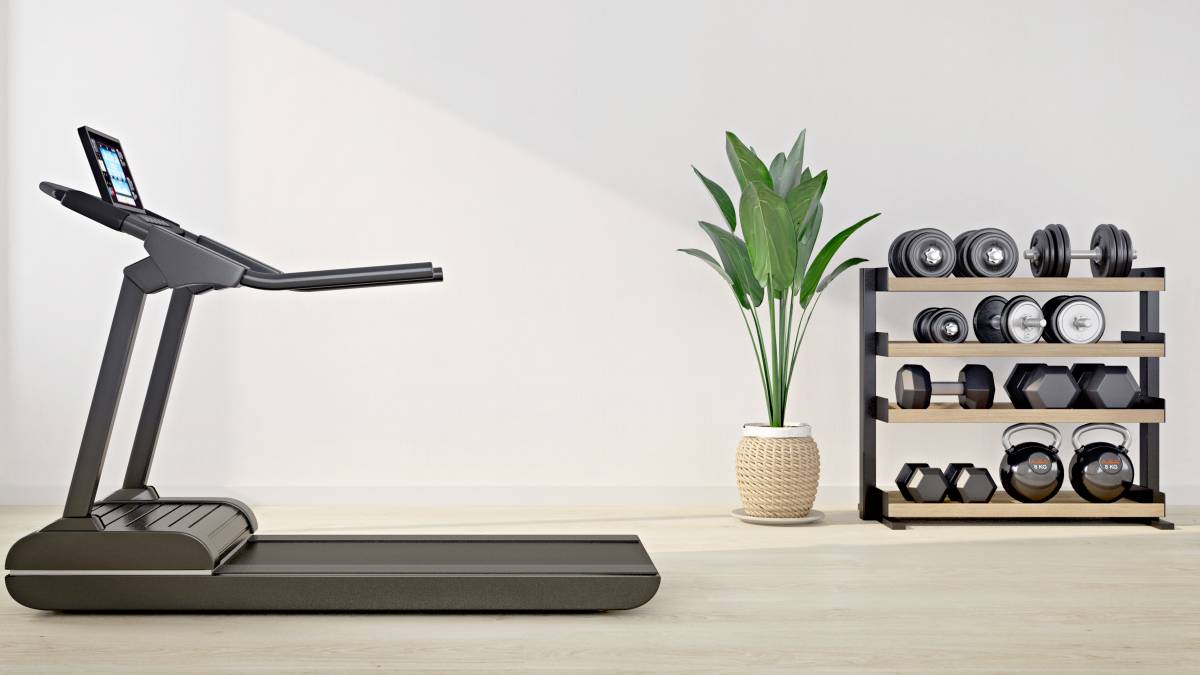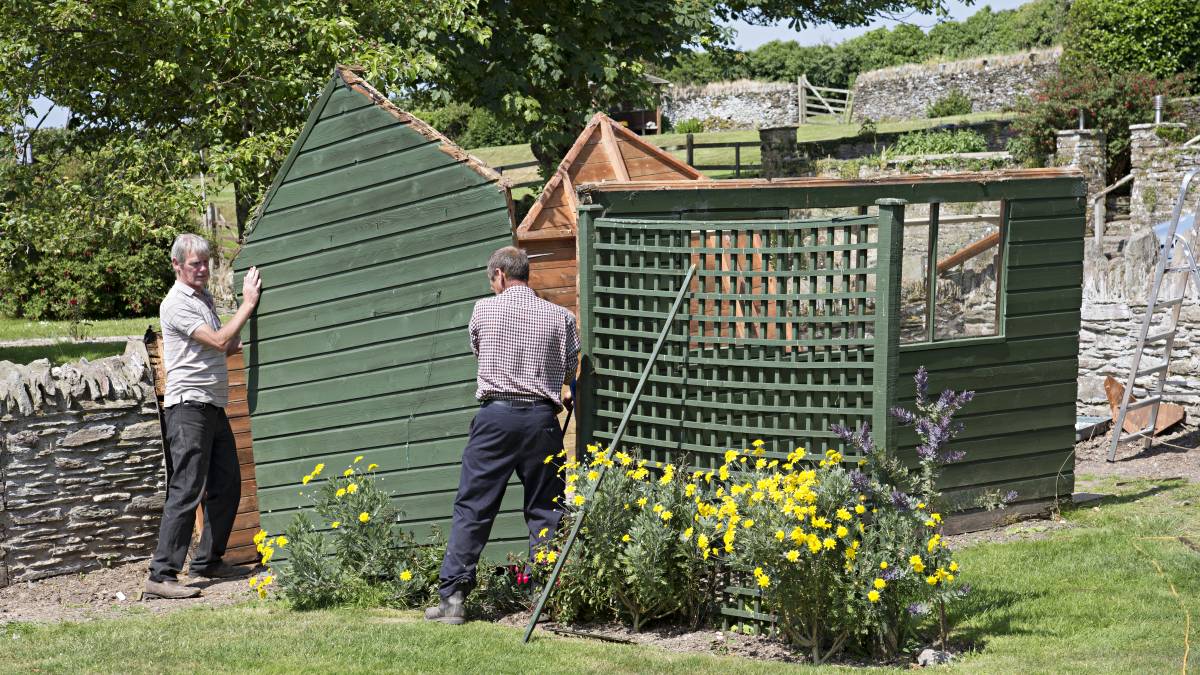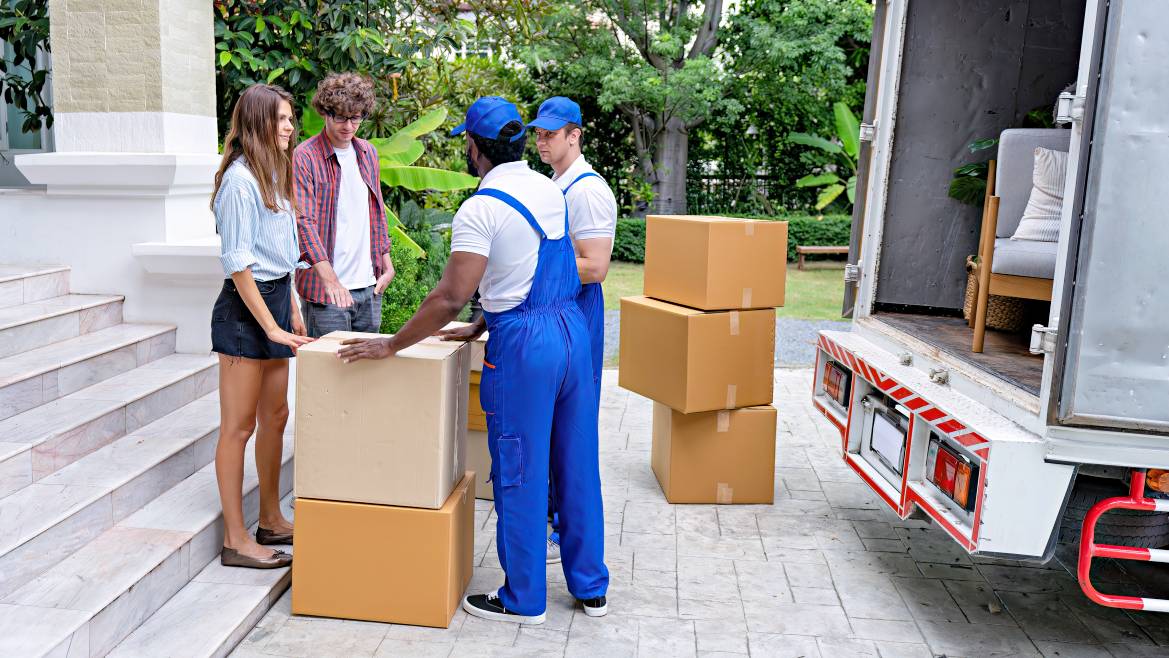
7 Moving mistakes to avoid for a stress-free move
Learn how to plan, pack, and move like a pro
Hire a moverLast Updated on

Written by Ella M.
Staff Writer

Reviewed by Mark C.
Moving Expert
Read more about our contributors
Key Takeaways
Most moving mistakes happen because people start too late, not because moves are inherently difficult. Even simple relocations become disasters when you’re scrambling in the final weeks.
Keep basics like soap, medications, and bed linens in one accessible box so you can settle in immediately without unpacking everything.
Hire professional movers to handle the heavy lifting and fragile items with care, ensuring a safer, faster, and more efficient move.
Few things compare to the thrill of unlocking the door to your new home. The promise of fresh beginnings, new routines, and a blank canvas to make your own is exciting. But between the anticipation and the chaos of cardboard boxes, moving can quickly shift from dream to disaster.
With over 40 million people moving every year before the pandemic, relocation has clearly become part of the American lifestyle. That means the stakes are high, and knowing how to move house the right way has never been more important.
The tricky part? Even the most prepared movers can fall victim to common missteps. We’ve rounded up the most frequent moving mistakes and, more importantly, how to sidestep them, so you can spend less time stressing and more time enjoying your fresh start.
1. Starting your move too late
Leaving things until the last minute is a master mistake, setting off a chain reaction that makes everything else harder. Whether you choose DIY moving or hiring movers, that remains the case.
When deadlines close in, panic tends to take over. That’s when people start making rushed decisions, like hiring the first person with a pickup truck who happens to be available, instead of finding experienced, reliable help. Before you know it, the move costs more, feels disorganized, and becomes far more stressful than it needs to be.
Avoid the chaos by planning ahead. Give yourself at least six to eight weeks to get everything done. Start with a solid house-moving checklist and break tasks into manageable weekly goals so nothing piles up. And if you’re hiring movers, make sure everything’s packed and ready before they arrive.
|
💡Mark’s tip: Knowing how long a move usually takes can help you plan your schedule better. For local moves, a basic one-bedroom apartment typically takes two to three hours, depending on distance, stairs, and elevator access. As a rule of thumb, add an extra hour for each flight of stairs. For long-distance moves, timing varies by company based on storage needs and the agreed delivery schedule. |
2. Not getting multiple moving quotes
 Movers lifting boxes on a moving day. (Source: iStock)
Movers lifting boxes on a moving day. (Source: iStock)
When it comes to booking experts, choosing the first mover you find (or simply going with the cheapest option) is like gambling with your belongings. This is why knowing the actual costs of moving helps. Moving companies handle the heavy lifting, transport, and other special services you need, so it’s worth finding people with solid experience.
On average, movers charge between $54 and $160 per hour, but rates can vary depending on your load size, moving distance, and location. The specific service that you need can also factor into the pricing. Disassembling, wrapping, and moving furniture to a new home can cost at least $85 per hour, while move-out cleaning services may range from $100 to $257 per hour.
To make sure you’re getting the best value, get at least three written quotes—but don’t just compare the prices. Take a closer look at what each company offers: their services, insurance coverage, delivery timelines, and support quality. This extra step gives you a clearer sense of value and helps you avoid hidden costs or unreliable service.
|
💡Mark’s tip: Be thorough when getting your moving quote. Many customers end up with more items than originally quoted over the phone. Always be honest with movers about extra boxes or furniture in garages, storage closets, etc. More items mean more space in the truck and time, which can cost the customer more than was quoted and make both parties more stressed. |
3. Skipping the pre-move declutter
Bringing everything you own is one of the biggest packing mistakes. Every extra box adds to your moving fees, fuel costs, and unpacking time. So when you skip a pre-move declutter, all you’re really doing is transferring yesterday’s mess into tomorrow’s home. And let’s be honest: those lidless containers don’t spark joy where you live now, and they won’t suddenly glow up in your new house.
Set aside a decluttering day to decide what items are not worth moving. Donate, recycle, or hold a garage sale so you only bring what truly matters. If it feels overwhelming, professional decluttering services can make the process faster and more organized. Some even handle donation drop-offs or eco-friendly disposal for you.
|
💡Mark’s tip: People tend to get small boxes given to them for free from department stores, but those boxes are not durable enough nor large enough to get the move done efficiently. They can cause more headaches for the movers and delays when items aren’t packed properly. As you declutter, plan ahead and invest in quality packing materials. |
4. Poor packing and labeling
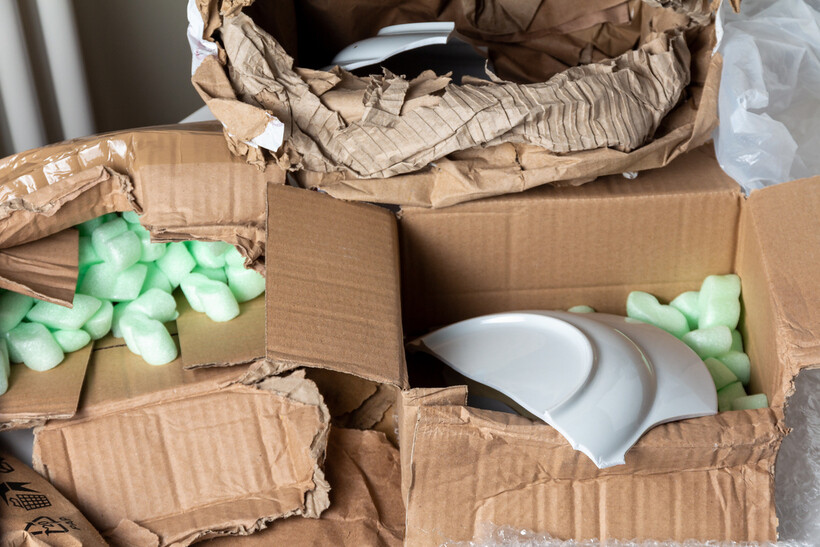 Improper packaging during transit. (Source: iStock)
Improper packaging during transit. (Source: iStock)
After you’ve decluttered, the next critical step is packing what remains and finishing it before your movers arrive. Many people underestimate how long packing takes and end up scrambling to box items while the movers are already loading the truck. This can cause delays, rescheduling, or even cancellations if you’re not ready.
Additionally, although packing and labeling may seem straightforward, they’re often where most damage occurs. It’s not just about fitting everything into boxes. You also need to protect them and make them easy to locate later.
Packing fragile items without proper cushioning (like bubble wrap) can lead to breakages, while unlabeled boxes can turn unpacking into a frustrating guessing game. To avoid damage and confusion, use sturdy, high-quality moving boxes, wrap fragile items carefully, and clearly label each box with its room and contents.
You can definitely handle the packing yourself if you’ve got the time and patience. But hiring a professional packer can give you peace of mind; they’ll ensure everything’s wrapped, cushioned, and transported safely.
|
💡Mark’s tip: Suppose you need to disassemble furniture. After removing the legs, place the screws and bolts back into their original spots or store them in clearly labeled bags. This way, nothing gets lost during the move, and reassembly is much easier. |
5. Forgetting utilities and address changes
The work isn’t done just because the boxes are out the door. One of the most common moving mistakes to avoid is forgetting the administrative side of the move, including transferring utilities or updating your address. It’s easy to overlook, but skipping these steps can leave you without essential services or missing important mail.
Be sure to transfer or cancel your utilities, including gas, electricity, water, internet, and even services like trash pickup, landscaping, or snow removal. Then, update your address with key agencies such as the United States Postal Service (USPS), Department of Motor Vehicles (DMV), and Internal Revenue Service (IRS).
To stay organized, create a checklist of all your utility accounts, service providers, and subscriptions at least two weeks before moving. Notify each one of your move-out and move-in dates, and schedule connections in advance to avoid downtime. Don’t forget to update your bank, insurance, and postal details so nothing important gets lost in transit.
6. Not packing an essentials box
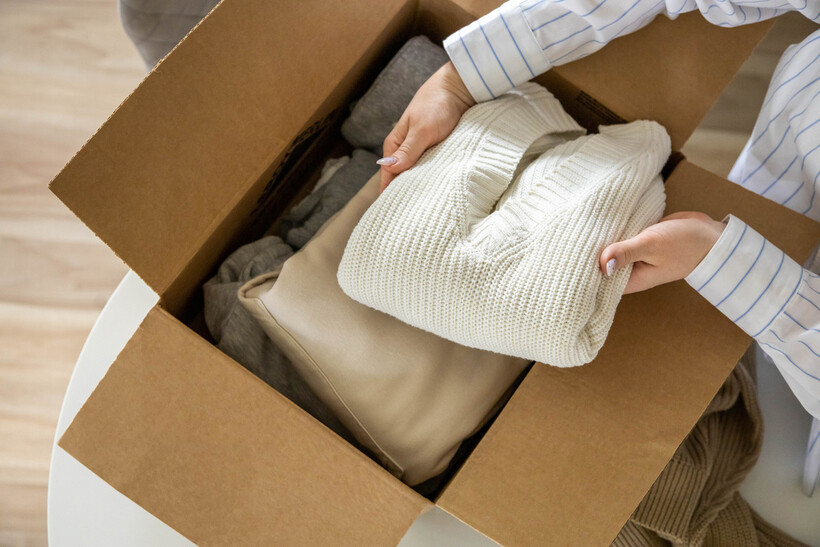 Packing folded clothes into an essentials box. (Source: iStock)
Packing folded clothes into an essentials box. (Source: iStock)
There’s one practical item that can make or break your first night in your new home: an essentials box. After a long day of hauling boxes, no one wants to dig through thirty just to find a toothbrush or phone charger.
Imagine trying to sleep without sheets, searching for toilet paper, or living on takeout because your cookware’s buried somewhere. An essentials box for moving saves you from that chaos, and it’s especially useful as a self-move packing process for long-distance or cross-country moves.
Start with one box for your kitchen so you can settle in right away. Include:
Toothbrush, toothpaste, and soap
Toilet paper
Medications
Dishes and utensils
Snacks and bottled water
Coffee or tea
A small pot or pan
Trash bags
Paper towels or wipes
Box cutter or scissors
Then, pack a second moving day essentials box for your bedroom to ensure a comfortable first night:
Bed linens, pillow, and blanket
Change of clothes and pajamas
Towels
Pack your moving house essentials box a day before and keep it with you rather than loading it onto the truck. If you have kids or pets, make one for them too. Having these ready and easy to reach will make your first night feel less stressful.
7. Ignoring hidden moving costs
People often forget how quickly moving costs can snowball once the add-ons stack up. Beyond essentials like boxes, tape, and bubble wrap, movers may charge extra for stairs, heavy items, or expect tips at the end of the day.
If you’re billed by the hour, underestimating how long packing or loading takes can quickly drive up labor costs. Add in temporary storage ($100 to $300 per month) or moving insurance, and your budget can stretch thin fast. Even DIY moves come with their own hidden costs, such as fuel, meals, and lodging. And after the move, there’s still more to cover: updating licenses, car registrations, and restocking groceries.
Before moving day, ask your mover for a detailed, itemized estimate that includes all potential add-ons. If you’re not fully prepared, costs can climb quickly once extra boxes, stretch wrap, or special packing for delicate items like glass or marble furniture are factored in. To stay on budget, set aside a 10 to 20% contingency for pantry restocks, cleaning supplies, and other unexpected expenses.
Move smarter, not harder
Every successful move starts with good planning and avoiding the little moving mistakes that cause big headaches. From packing smartly to hiring the right help, small decisions make all the difference in how smooth your relocation feels.
Make your relocation easier by posting a task on Airtasker. Find trusted movers in your area, compare quotes, and book the right pro to handle the heavy lifting. Move smarter, avoid the stress, and start enjoying your new home sooner.
Learn more about our contributors

Written by Ella M.
Staff Writer
Ella M. is a content writer and editor with years of experience helping readers find simple ways to make everyday life easier. She writes about moving, home organisation, and lifestyle improvement, with a focus on clarity, practicality, and a relatable approach. Outside of writing, Ella enjoys exploring new recipes, catching up on lifestyle trends, and unwinding with a good puzzle game.

Reviewed by Mark C.
Moving Expert
Mark is a professional mover with nine years of active experience in the moving industry. He has completed over 700 residential and commercial moves, including homes, apartments, condos, storage container relocations, and office moves. Mark spent his first five years working with a moving company before transitioning to independent work. He enjoys meeting new people on the job and takes pride in making every move smooth and stress-free.
The Reviewer Badge is awarded to individuals who are experts in their respective fields and evaluate the content to ensure its accuracy and relevance to the task at hand.
FAQs on moving house
Moving companies will not transport hazardous materials such as gasoline, propane tanks, paint, or cleaning chemicals due to safety regulations. Alcohol, weapons, ammunition, and pressurized containers are also prohibited in moving trucks. If you have lawn equipment, make sure to drain the gasoline beforehand. Movers also typically exclude high-value or sensitive items like cash, jewelry, and important documents.
Professional packers generally leave out personal essentials such as passports, medical records, medications, and sentimental keepsakes. Carry these with you so they remain safe and accessible while moving.
Begin by unpacking your essentials box so your first night is comfortable and stress-free. Next, focus on bedrooms and bathrooms to create a comfortable space for rest. Once those are set, you can tackle living areas, décor, and less urgent boxes.
Find local movers, fast
Find a local mover
Related articles

How to move a vending machine
Read more

How to wrap furniture for moving
Read more
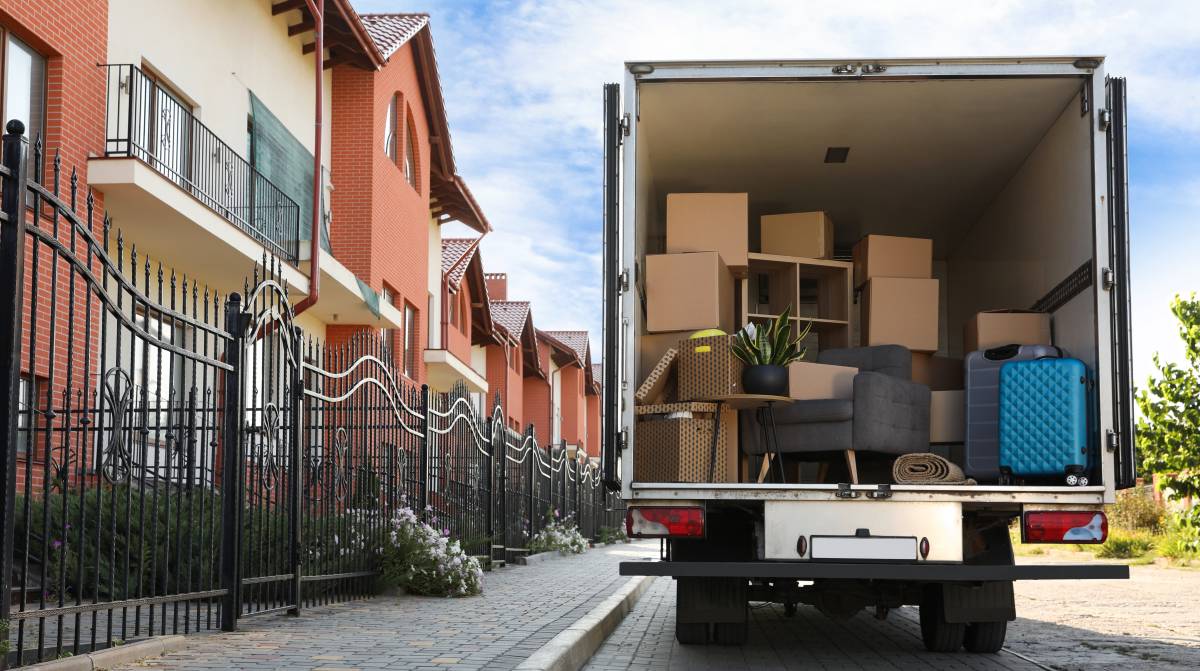
How to pack a moving truck
Read more

How to pack artwork for moving
Read more
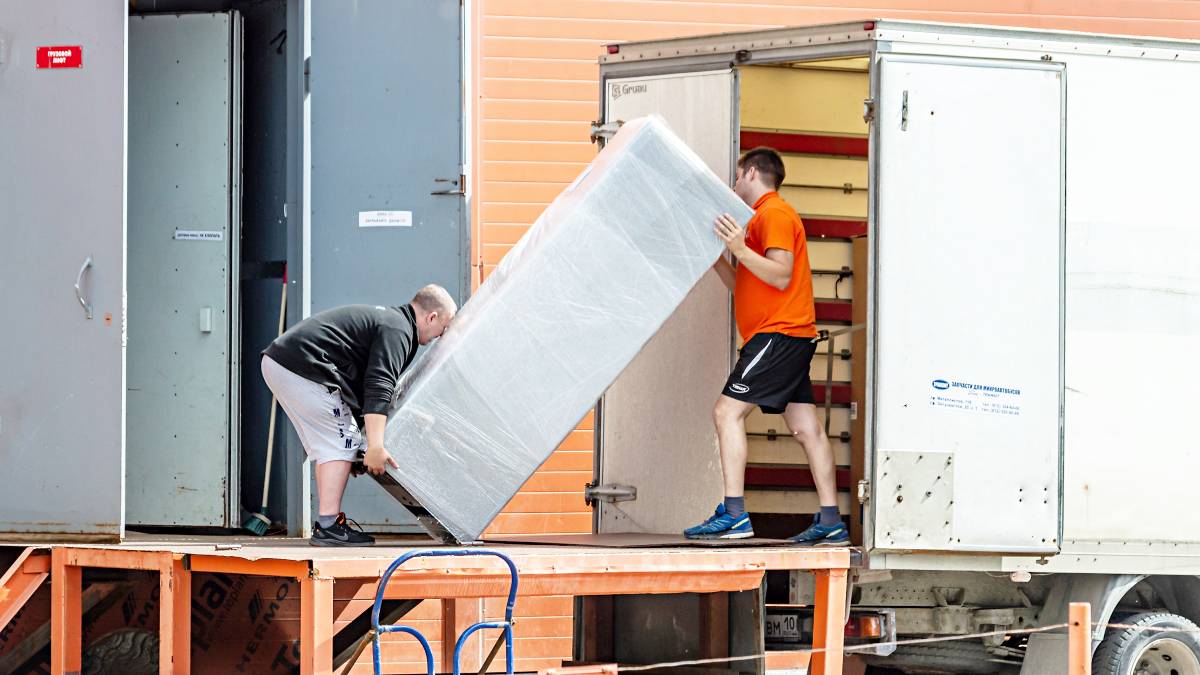
How to move a refrigerator
Read more
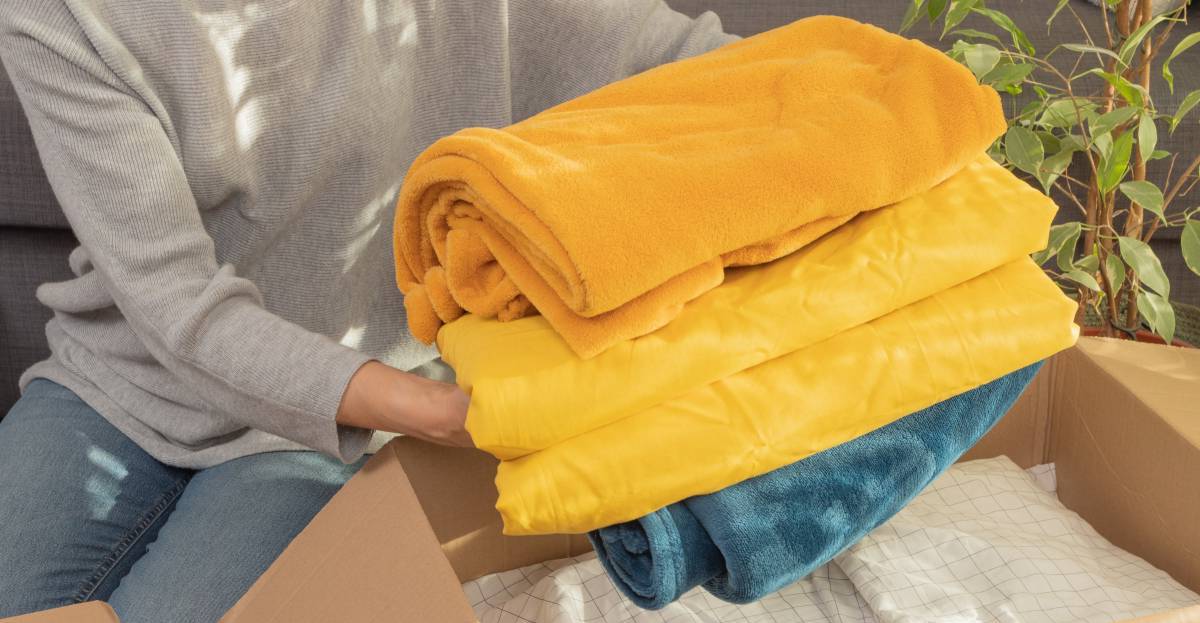
How to pack bedding for moving
Read more

How to move a pool table
Read more

How to pack books for moving
Read more
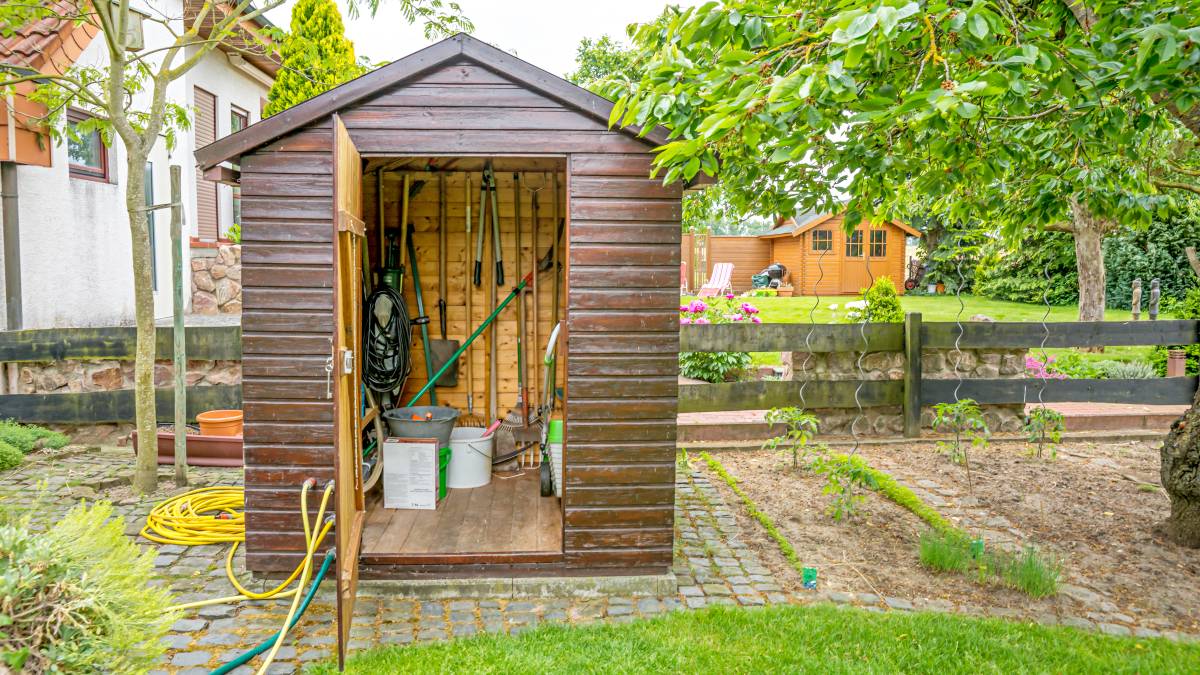
How to move a shed
Read more
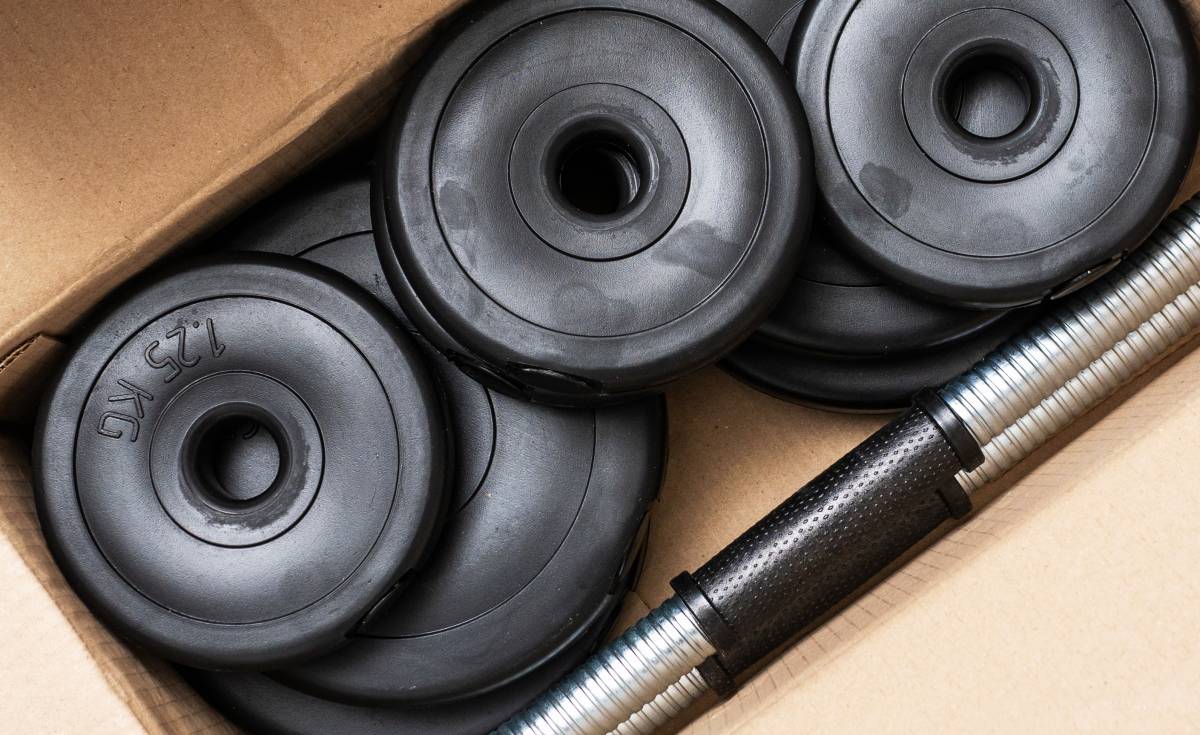
How to move gym equipment safely
Read more

How to pack kitchen items
Read more
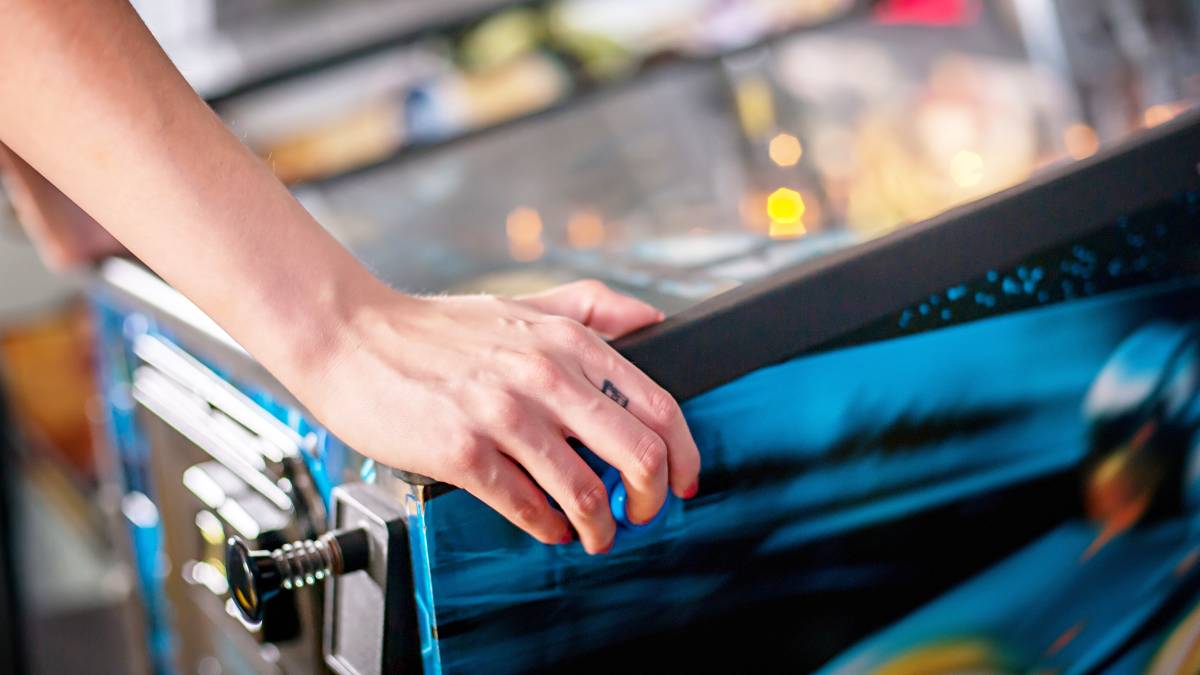
How to move a pinball machine
Read more

Where to get moving boxes for free
Read more

How to move a washing machine
Read more

What movers won’t move
Read more
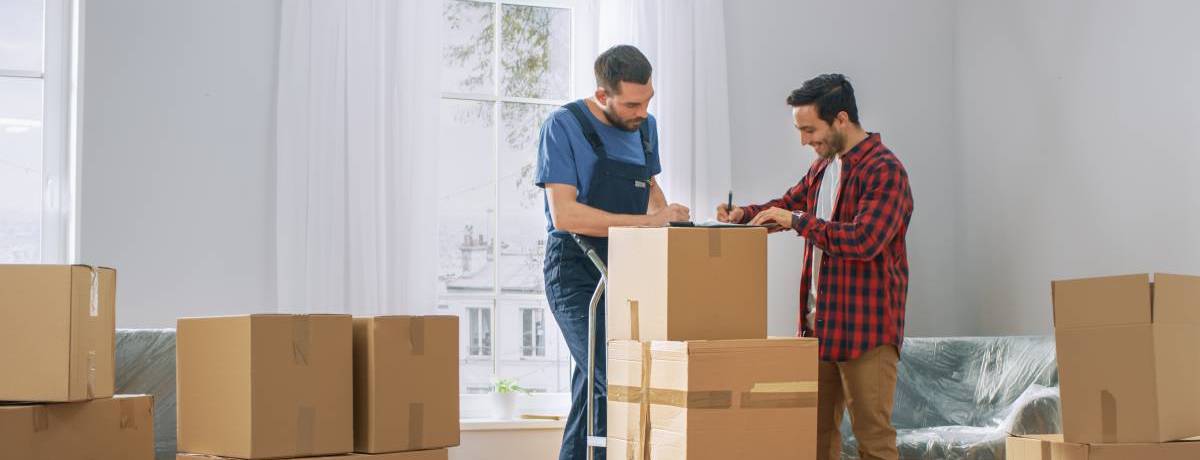
A guide to becoming a mover
Read more

How much do movers make?
Read more

Tips for moving house with kids
Read more

Moving interstate checklist
Read more

Moving out of state checklist
Read more

The ultimate packing and moving list
Read more
Related price guides
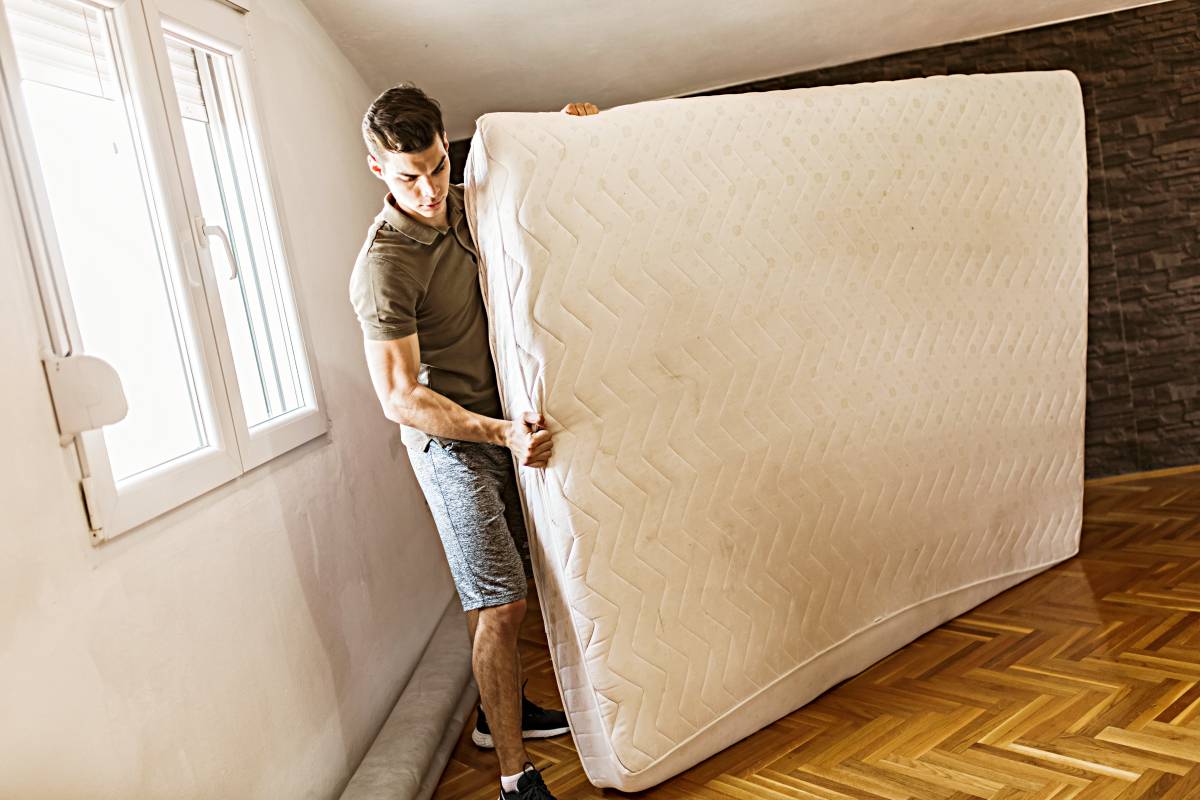
How much does mattress removal cost?
Read more
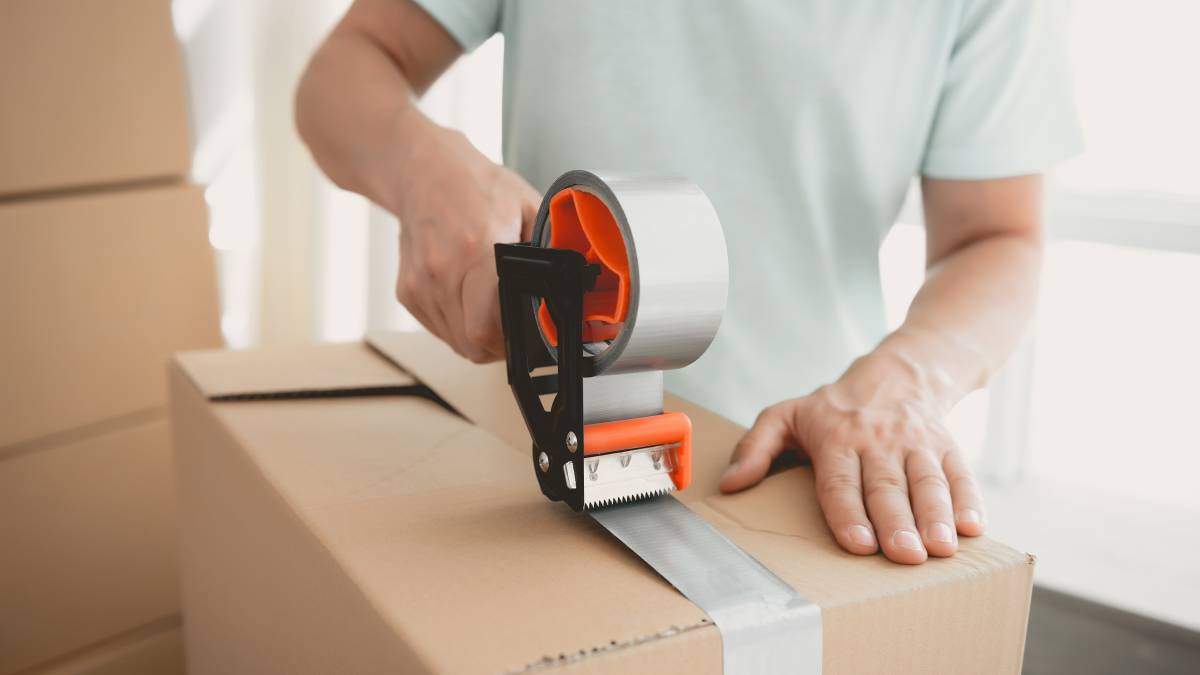
How much do packers cost?
Read more




